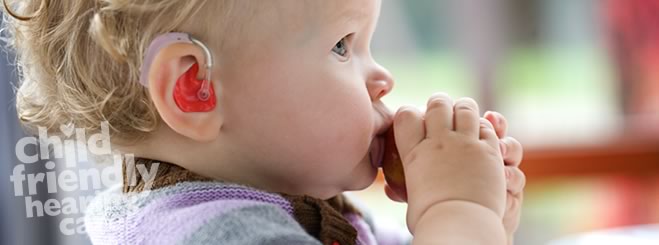Recommendations to parents on their children’s adaptation to hearing aids
Children’s adaptation to hearing aids requires an individual program for each child.
Unlike adults, children are substantially more sensitive to various disturbing factors, including excessive acoustic strains. Therefore, a custom schedule is to be prepared for each child to adapt to the hearing aids.
![]() The primary strategy for fitting babies suggests that the hearing aids must not be prosthetics, but rather training devices that develop the auditory sense.
The primary strategy for fitting babies suggests that the hearing aids must not be prosthetics, but rather training devices that develop the auditory sense.
During the first phase of adaptation, the time of exposure to the sounds is gradually extended.
At the second stage, the sound intensity is increased step by step.
Parents are actively engaged in their child’s adaptation to the hearing aids, as they keep an adaptation journal to record such possible reactions of their child as a negative attitude to the hearing aids, tiredness, or irritation with loud sounds.

The specifics of fitting children under 4 is that the quality of the fit may be assessed solely how quickly the child learns to use words and continuous speech. By reviewing the child’s development progress and the parents’ journal, the audiologist adjusts the parameters of the hearing aid or decides to replace it. Thus, fitting the child takes about 3 to 6 months, and successful fitment is only possible if the parents are actively engaged, and the child is under continuous supervision of the audiologist.
